6. Tale of Tales (2015, Matteo Garrone) – Fantasy Film
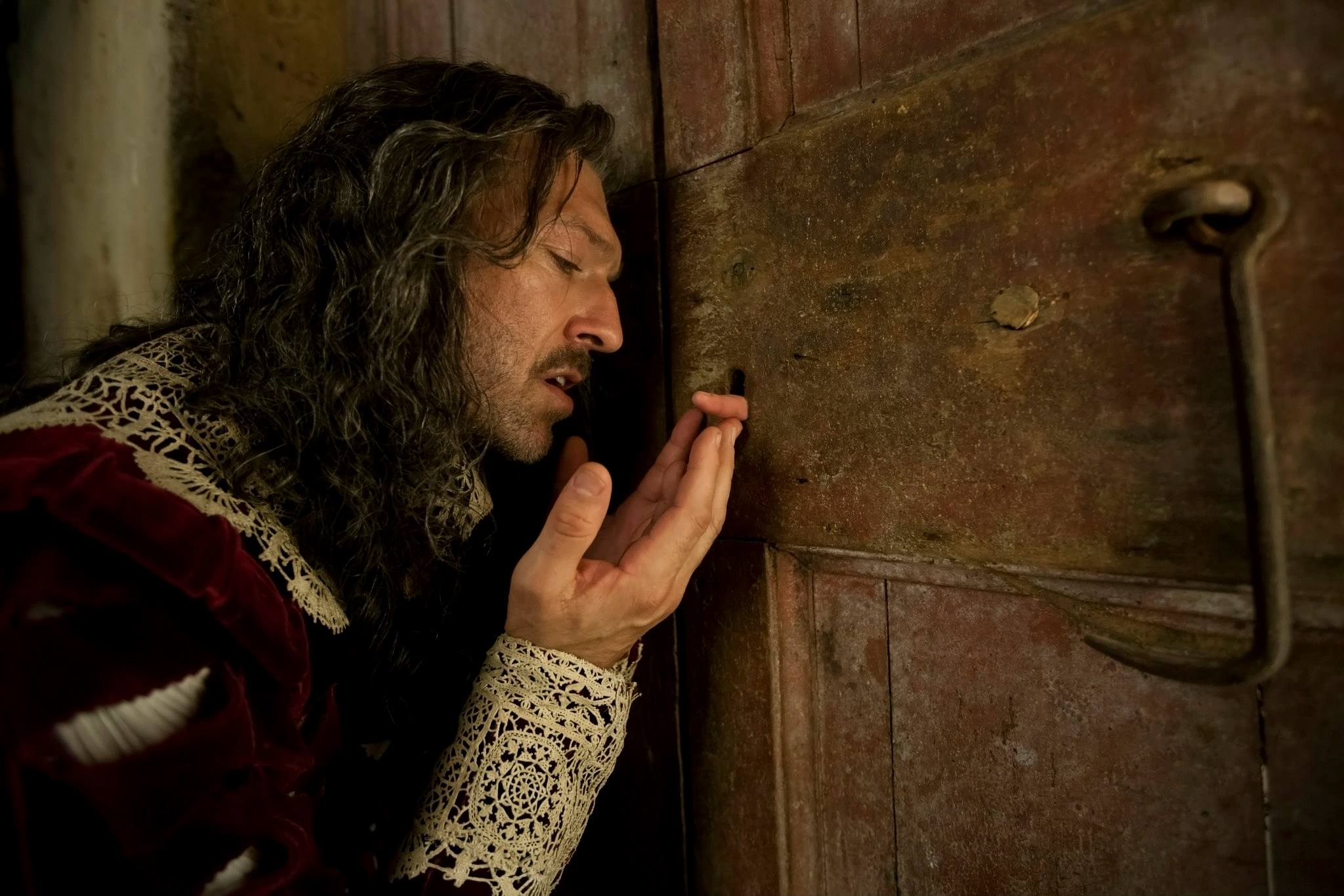
Tale of Tales is a 2015 English language fantasy film from the Italian auteur filmmaker Matteo Garrone. Composed of three fables which eventually tie together, Tale of Tales is loosely based on the seventeenth century writings of the Italian poet Giambattista Basile. Assembled of a cast which includes Selma Hayek and Vincent Cassel, Tale of Tales is an epic revision of classic European folktales tinged with a modernity that ensures the relevance of its time-honored stories.
Without giving too much of the film’s fantastical plot away, Tale of Tales is split between the stories of three rulers from distinct kingdoms who all live within the same time frame but experience disparate instances of unbelievable, sometimes horrific, magic and necromancy. In the face of their own selfish desires and compulsions, the three rulers negatively affect their own destinies and even the fates of their loved ones.
With Tale of Tales, director Garrone successfully combines classic European folk tales with contemporary issues that are relatable to modern audiences. The three rulers face the implications of their own vanity and selfishness, themes certainly responsive to the present-day world. Shot on ancient locations throughout Italy, the film’s visual look is eerily perfect in its detailed portrayal of everything from stately castles to the untouched wilderness. With Tale of Tales, Garrone certainly flexes his artistic abilities to create a fantasy film which feels familiar yet ethereal.
7. Night Moves (1975, Arthur Penn) – Neo-Noir Film
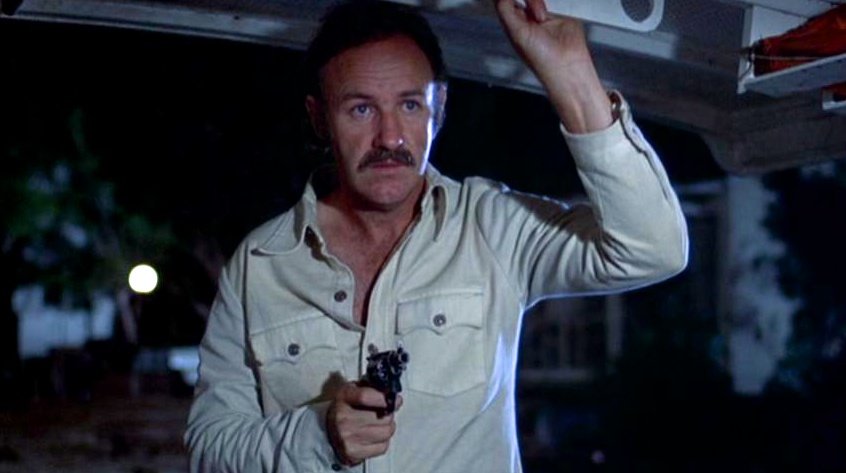
American auteur director Arthur Penn’s neo-noir film Night Moves was released in 1975. The film does much to maintain the fundamentals of the genre, with Gene Hackman starring as a gone-to-seed private investigator who is tormented by a case that he cannot solve.
Hackman plays Harry Moseby, a retired football player who works as a private investigator in Los Angeles. Harry is very dedicated to his career, much to the detriment of his failing marriage. When Harry is hired by a wealthy former-actress to track down her rebellious teenage daughter, Harry becomes fixated with solving the case. Unfortunately for Harry, he cannot quite keep a grip on the world around him as plots and crimes unravel that he never expected.
Night Moves serves as a seminal neo-noir film made by an auteur filmmaker such as Penn, whose creative filmmaking has been very influential in the history of American cinema. Night Moves finds its central character Harry at a moment in life where he has lost much of himself and has become isolated by his decisions, as with many classic male characters of the noir genre. Harry’s aging status as a man in crisis is reflected in his detective work throughout the film as he struggles to find answers and solve problems for himself. Night Moves may not be as riveting or stylish as some of Penn’s other films, but it is definitely a 1970s neo-noir worth watching.
8. The World’s End (2013, Edgar Wright) – Comedy Film
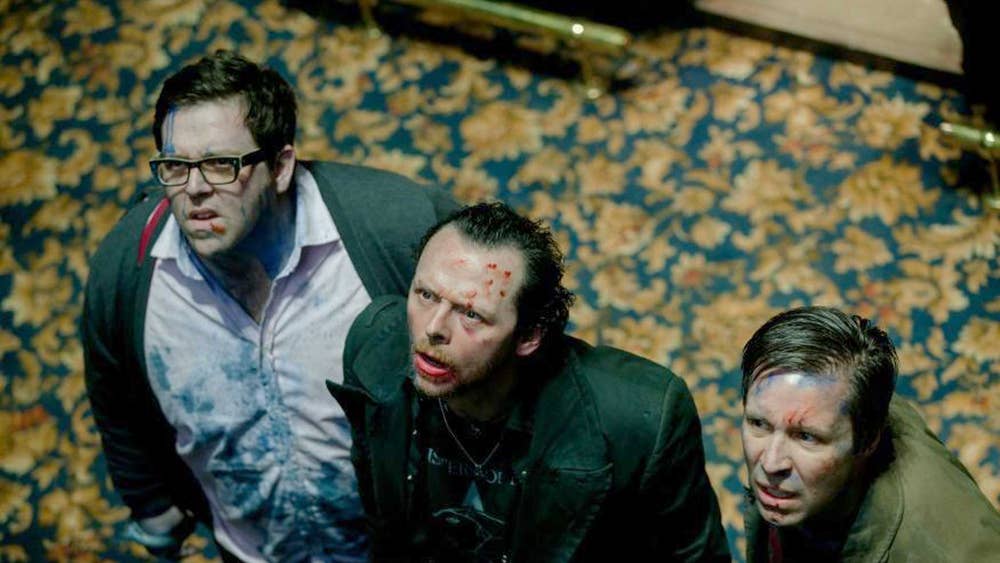
British auteur Edgar Wright’s 2013 film The World’s End absolutely merges the genres of science fiction and comedy in near equal parts, however for the sake of this list it will be examined mainly for its strong elements in reference to the comedy genre. A zany and unexpected film. The World’s End centers around an aging party boy who decides to get his teenage best friends back together in their small British hometown to complete a bar crawl that they never completed during their younger, wilder years.
Forty-something year old Gary still parties hard and lives a wayward, rebellious life. On a whim of nostalgia Gary convinces his four childhood best friends, all of whom now live established adult lives, to return to their hometown of Newton Haven to complete an epic twelve pub crawl that they were unable to endure after their graduation twenty-plus years before. As Gary and his friends (grudgingly) make their way through the crawl, they find out that the people of Newton Haven have truly and literally changed which sets their wild night in a direction they never expected.
The World’s End is most definitely a genre-bending film from Wright’s creativity that is able to flex and flow in many directions, but in looking at the bones of this film and its narrative structure it works as a brilliant and original comedy. While the tropes of reuniting old friends and nostalgia for a past that no longer exists may not seem the most unique, the highs and lows of this film operates in a manner able to produce all types of laughs that come from different emotional spaces. The film’s understated British humor and insanely clever scripting also contributes to the originality of this film. For those yet to see The World’s End, it is an easy comedy to watch that will surely guarantee some laughs as well as ridiculous surprises only capable of coming from an auteur director such as Wright.
9. The Man Who Shot Liberty Valance (1962, John Ford) – Western Film
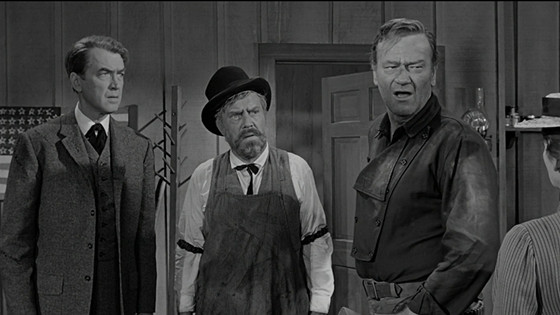
Prolific American director John Ford released The Man Who Shot Liberty Valance in 1962. With two central characters portrayed by Jimmy Stewart and Ford favorite John Wayne, the film was highly successful upon its initial release and has since been referenced to as one of Ford’s greatest Westerns. In many ways, The Man Who Shot Liberty Valance works to serve as a memory of the long-dead West.
Government official Ranse Stoddard, Stewart’s character, returns to a tiny town in the West to attend the funeral of longtime friend Tom Doniphon, portrayed by Wayne. When interviewed as to why he has travelled so far to attend a small funeral, Ranse retreats to the story of his past and how he first met Tom: Flashing back, the audience meets a young Ranse who heads out West to strike up his career as an attorney, but upon arriving is ambushed and beaten by an outlaw named Liberty Valance. Luckily he is found and nursed back to health by Tom, who explains that the town is largely terrorized by Liberty and his posse. As Ranse gets to know Tom, he learns from him the ways of the wild West and its many dangers.
With The Man Who Shot Liberty Valance, Ford presents an exquisite criticism of America’s roots and the long-gone days of the Wild West. Shot on black and white film, this movie departs from some of Ford’s other iconic works while still presenting a formal and interesting look into the past. The film’s central characters of Tom and even more so Ranse depart from traditional forms of the machismo Western hero to present something more emotional and refined than many other films of the genre. One of the last Westerns of Ford’s long and successful career, The Man Who Shot Liberty Valance is a film from an auteur voice to be remembered.
10. The Skin I Live In (2001, Pedro Almodóvar) – Psychological Horror Film
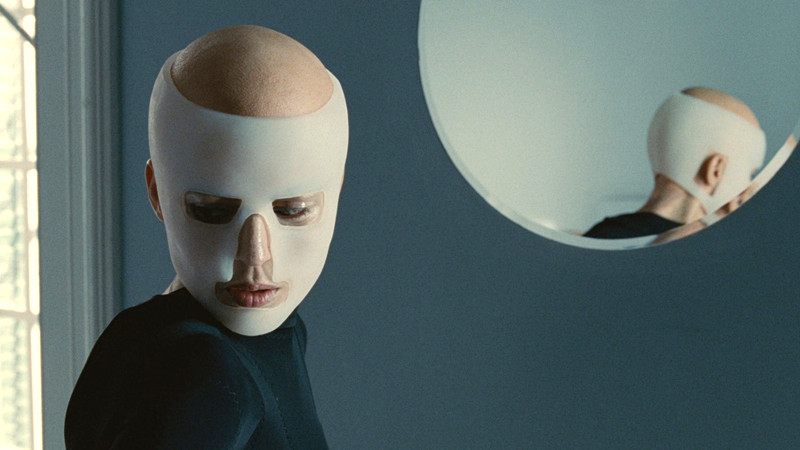
Famed Spanish filmmaker Pedro Almodóvar’s The Skin I Live In premiered at Cannes Film Festival in 2011. Almodóvar’s sixth collaboration with actor Antonio Banderas, The Skin I Live In can be characterized as a psychological horror while still maintaining elements important to the auteur director’s filmmaking, including strong familial themes, motifs of obsession, and a vibrant visual style.
The Skin I Live In stars Banderas as Dr. Robert Legard, a plastic surgeon with deep interests in creating artificial skin. Legard lives a mysterious, closed-off life in an immaculate Spanish villa that is equipped with a fully functioning operation room hidden in the basement. Shortly into the film, the audience learns of Vera, a beautiful young woman being held prisoner as the doctor’s experimental subject. As the film continues, Dr. Legard’s fixations with his dark past and obsessive behavior are discovered, as well as his sinister connections to his prisoner Vera.
The Skin I Live In serves as quite the departure from many of Almodóvar’s more romantic, comical films. This film combines components of suspense, body horror, and plot-twists that make for an interesting and unpredictable viewing experience while still maintaining the Spanish auteur’s unique style and perspective. The Skin I Live In may not be a favorite among Almodóvar’s strong and diverse filmography but it still delivers a captivating experience that elevates the psychological horror sub-genre.